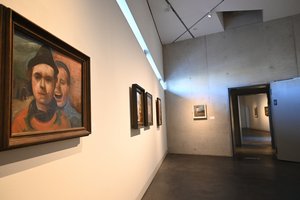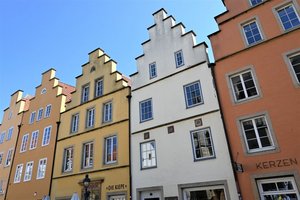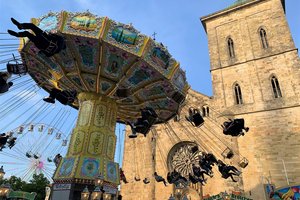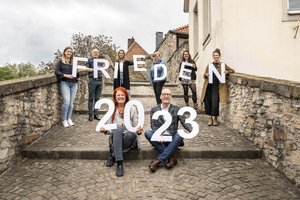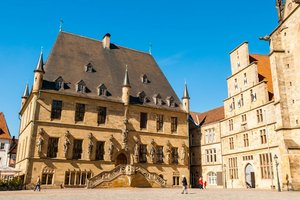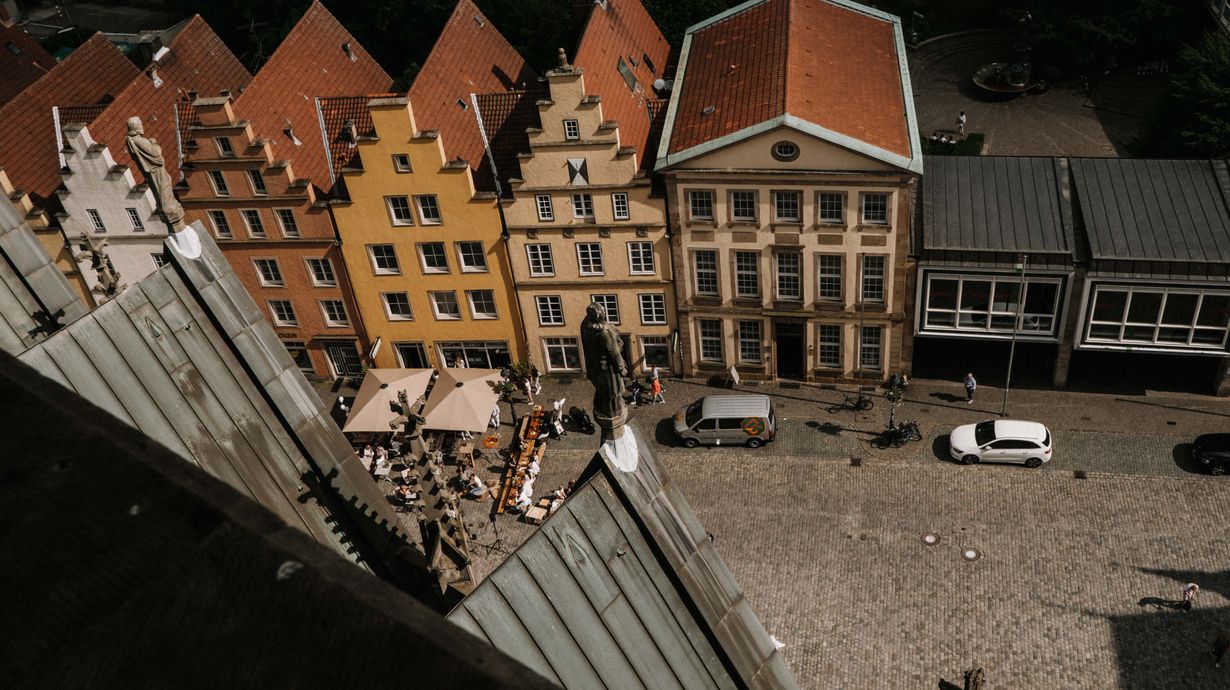"All Quiet on the Western Front" - novel and film
“But now, for the first time, I see you are a man like me. I thought of your hand-grenades, of your bayonet, of your rifle; now I see your wife and your face and our fellowship. Forgive me, comrade. We always see it too late. Why do they never tell us that you are poor devils like us, that your mothers are just as anxious as ours, and that we have the same fear of death, and the same dying and the same agony - Forgive me, comrade; how could you be my enemy?”
The novel "All Quiet on the Western Front", written in 1928 by the Osnabrück writer Erich Maria Remarque, is world-famous. Remarque himself described his work as apolitical, but today it is regarded in world literature as one of the most important anti-war novels of the 20th century. When it was published on 29 January 1929, the novel was already in great demand, partly due to a marketing campaign never seen before in the German book trade. Its international success continues to this day. Remarque's work has since been translated into 50 languages with an estimated worldwide circulation of 20 to 40 million copies, as well as three film versions made in 1930, 1979 and 2022, the former directed by Carl Laemmle, which won an Oscar, and the latter nominated for an Oscar in nine categories in 2023. In total, director Edward Berger's remake won four of the coveted trophies: Best "International Feature Film", as well as in the categories "Best Original Score", "Best Production Design" and "Best Cinematography".
"All Quiet on the Western Front" - The Plot
The novel is about the war experiences of the soldier Paul Bäumer on the Western Front during the First World War. While resting behind the front, he remembers his school days and the patriotic speeches of his teacher, which convinced him and his schoolmates to volunteer for the war effort. The drills during basic training quickly made it clear that values learned at school lose their validity on the barracks yard. The young men are transferred to the Western Front, where they are instructed in the dangers of the front by a group of experienced front-line soldiers. Paul learns to adapt to the most adverse circumstances, to survive, to distinguish different bullets by sound and to defend himself against the real enemy, death. A short return home on leave makes Paul realise that he has changed, that it is impossible for him to share his cruel experiences from the trenches. Disappointed, he returns to his comrades at the front, the people closest to him. After being wounded by a splinter during an attack, he spends a few weeks in hospital. After his return to the front, the members of his group die one after the other as a result of acts of war. Until Paul, too, is fatally shot shortly before the end of the war “on a day that was so quiet and still on the whole front, that the army report confined itself to the single sentence: All quiet on the Western Front.”
The life of Erich Maria Remarque
The author Remarque was born Erich Paul Remark in Osnabrück in 1898, the son of the bookbinder Peter Franz Remark and his wife Anna Maria. With the later spelling "Remarque" he emphasised his descent from French immigrants, with the new second name "Maria" he honoured the memory of his mother. After his school years in Osnabrück, he was drafted as a reserve recruit in November 1916. In 1917 he was wounded on the Western Front by a shell splinter and shot in the neck and was subsequently sent to the army hospital in Duisburg. After his recovery, he returned to Osnabrück. He began writing about the war while still in the hospital. Influenced by his experiences, Remarque developed an attitude that most biographers consider pacifist-antimilitarist. Between August 1919 and November 1920 he worked as a teacher, and from 1921 he took up his writing work as a newspaper editor, among other things. Already emigrated to Switzerland in 1932, he and his works experienced ostracism by the Nazi regime during the Third Reich. In 1933, Remarque's works were burned during the "Feuerspruch" book burning. He was deprived of his German citizenship in 1938. In 1943, his sister Elfriede Scholz was sentenced to death by the President of the People's Court Roland Freisler and executed shortly afterwards. She had said that the war was already lost and was denounced as a result. From 1939, Remarque officially lived in the USA and received US citizenship in 1947. He died in 1970 in his adopted home of Ticino, Switzerland, where he finally lived with his second wife. His collected works have since been translated into over 65 languages. Remarque dealt critically with German history in his work and is one of the most widely read German authors of the 20th century - still today especially in Eastern Europe.
Things to see in the "Erich Maria Remarque Peace Centre".
Remarque's desk is not the only thing on display in the Peace Centre. There are also original scenes from his life, manuscripts and photos on display. Remarque was what used to be called a "bon vivant": He loved beautiful women, culture and the good life. The exhibition is complemented by themed temporary exhibitions. The affiliated Remarque Archive has the world's most extensive collection of materials by and about Remarque.
The Erich Maria Remarque Peace Prize
Since 1991, the City of Osnabrück has awarded the "Erich Maria Remarque Peace Prize" in memory of the author. Every two years, international works of fiction, journalism and science and authors who deal with the themes of inner, national and international peace are awarded.
The history of the "Erich Maria Remarque Peace Centre” building
The Peace Centre is located in the building of the former Ameldung's Löwenapotheke on the market square in the immediate vicinity of the town hall and St. Mary's Church. The architecture of today's building refers to Osnabrück classicism at the end of the 18th century. But Osnabrück's second pharmacy was already built on this site at the turn of the 17th century, probably as a consequence of the experiences of the preceding plague periods. It was named after the Ameldung family of pharmacists. These pharmacists, along with doctors and preachers, were among the intellectual leaders of the city. At that time, the pharmacies sold not only medicines but also cosmetics and delicatessen. At the time of the Peace Congress for the Westphalian Peace Treaty, not only envoys spent the night in the Ameldung Pharmacy, it also served as master pharmacist Johann Friedrich Etschenreuther still provides information about the illustrious visitors during the peace negotiations. In 1944, the building was badly damaged by a bombing raid, but was rebuilt in 1958. The Erich Maria Remarque Peace Centre has been located here since 1996. Since 2011, it has also been a member of the "International Network of Museums for Peace", a worldwide association of museums committed to the idea of peacebuilding and conflict prevention.
